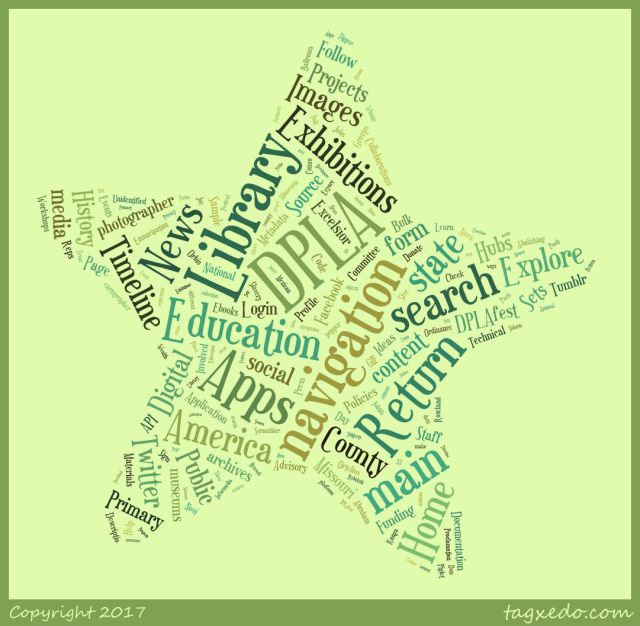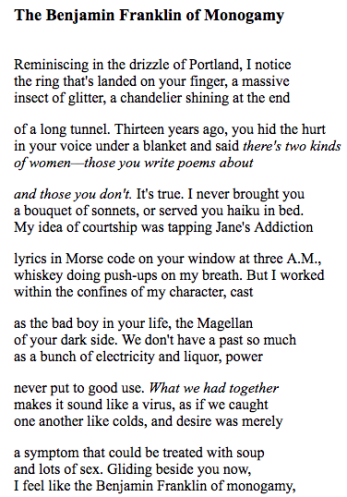Library Science students at City have been studying a module on Digital Libraries this semester. These emerging platforms, used to share library collections electronically, are playing an increasingly prominent role in the lives of both library users and librarians. I thought it would be useful to take a quick look at one very well-known example of a digital library, the Digital Public Library of America, to see what was on offer to both academic researchers and interested members of the public.
I first became aware of the project through John Palfrey’s excellent book “BiblioTech: Why Libraries Matter Move Than Ever in the Age of Google” which was published a couple of years ago. As the title would suggest, his central argument is that we need to stop thinking of libraries as collections of dusty old books, even if we have fond memories of the way they were in decades past, but instead embrace the possibilities they can offer for learning in our contemporary digital environment. John Palfrey is writing as something of an outsider, being a lawyer by trade. Nevertheless he has been closely involved with them in his working life managing the Harvard Law School Library and then as the principal of the prep school Phillips Academy. He is alarmed by the possibility of for-profit tech companies such as Google encroaching on the role public libraries have in disseminating information. The commercial success of the Google search box has arguably changed library users’ expectations in a way that does not always allow the most accurate or relevant match to a query to be easily found.
Given that Palfrey is one of the founding members of the DPLA initiative, we would expect to see some of his concerns addressed in the way it has been implemented.The home page gives us some indication of the vast scope of the collection: we are told we can “explore 15,384,819 items from libraries, archives, and museums”! This is both enticing and overwhelming! This Tagxedo word cloud gives some idea of the contents of the DPLA homepage.

What is interesting about the emphasis on libraries, archives and museums is that it points towards these formerly separate entities converging as digitalised images of documents and objects can increasingly be stored and accessed in the same way. The DPLA is emulating the likes of Google in bringing together documents from a whole variety of sources in a convenient way that is free at the point of use. The front page also emphasises how users can search for documents relating to places and events that have been in the news recently, something Google also does effectively. We are invited to search for documents relating to Clemson, South Carolina for instance as American users would likely be aware that its University’s football team won the College Football Playoff in January. Exploring by date gives us the option at looking at documents pertaining to 1949 when it looks like some famous horse race took place (the Kentucky Derby possibly?). The Twitter feed widget in the bottom right hand corner explains that we can search for material from the Harriet Tubman Museum which again shows that the site is responding to current events (February being designated Black History Month in the U.S.A.)
The site seems very much to cater for a domestic audience which is a bit unusual in today’s climate. The overall look and feel of the site suggest to me that its target users are adults who are relatively technologically savvy and well-educated (the type of people we might stereotypically assume to be local history enthusiasts?). While there is a menu for educational resources, it does not really seem to be seeking to engage children and young people. This is perhaps surprising given John Palfrey’s position as a school principal. Equally visible is a menu giving information for prospective software developers. The whole intention of the DPLA is that it becomes a platform that new applications can be built upon and perhaps it is thought that these will make the collection more accessible to a wider audience.
Advertisements Share this:




